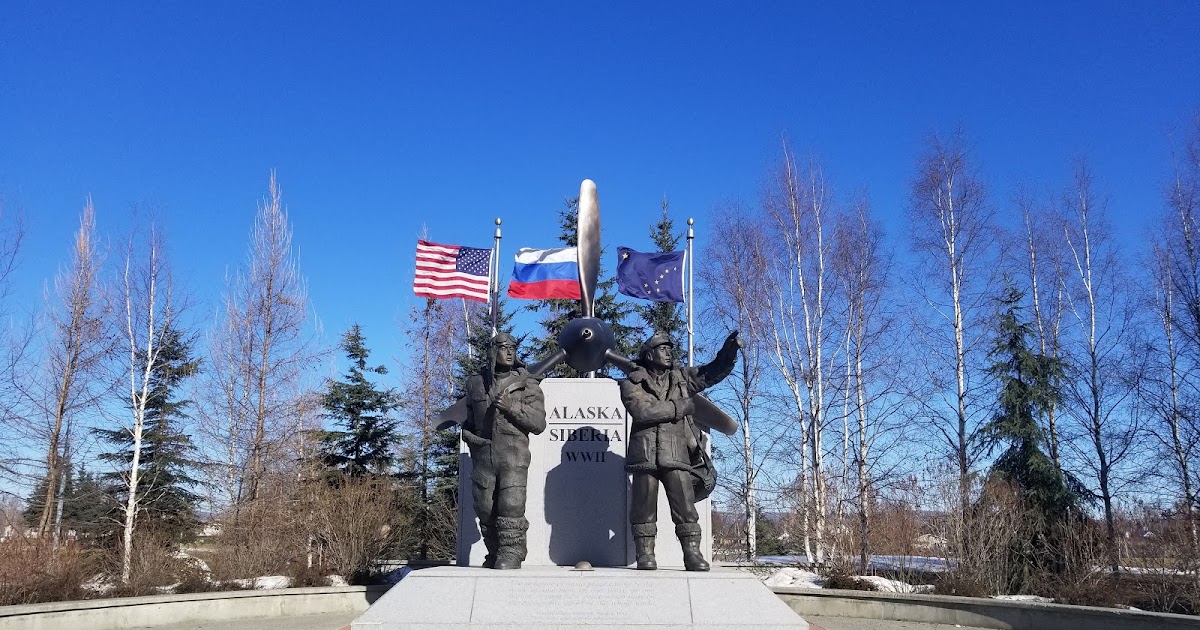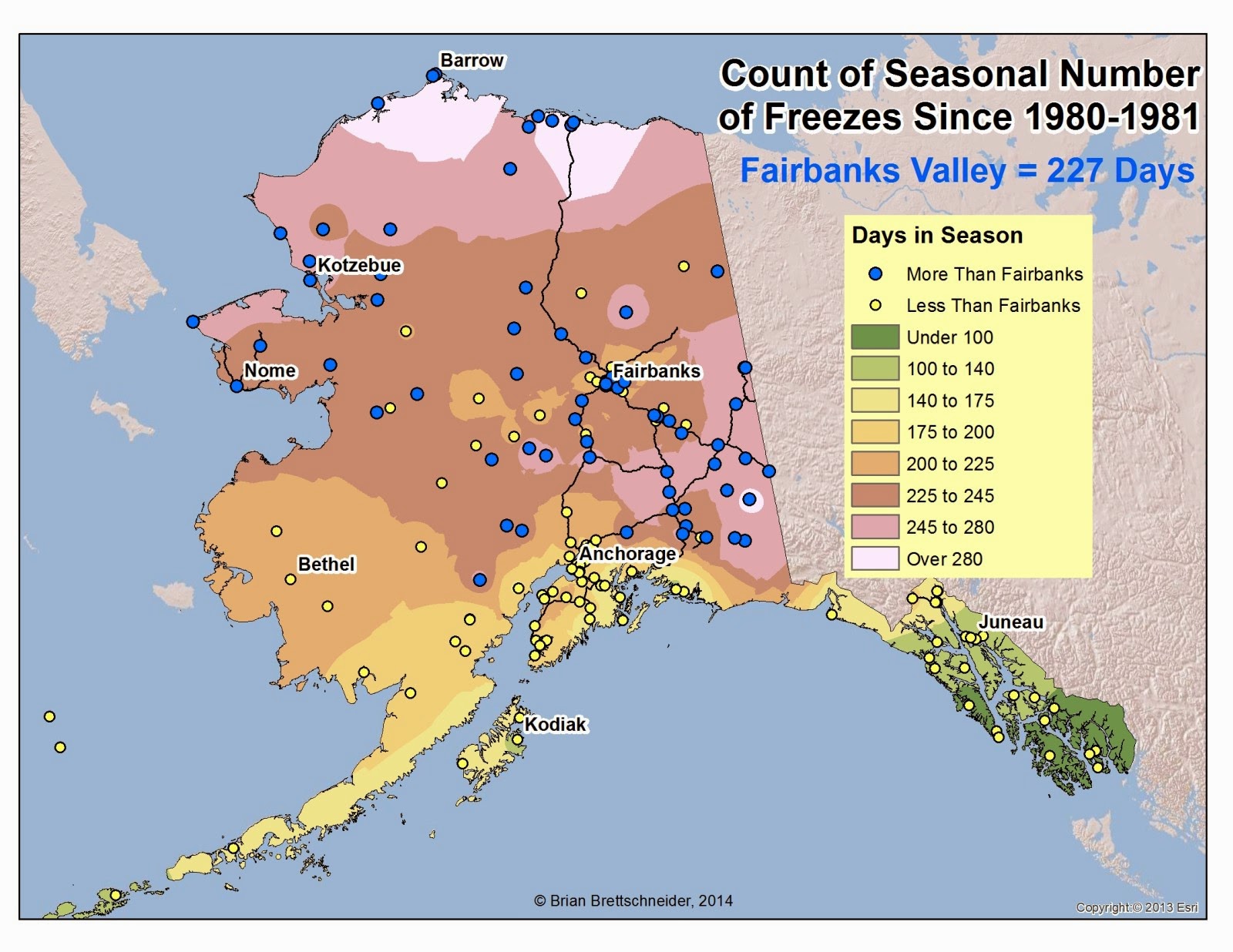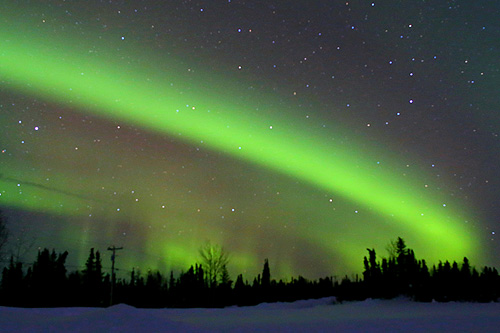
For example, on June 12 at noon AKDT, the solar time at the extreme westerly points of the Alaskan time zone will be only 8:42 a.m., nearly 3 hours and 18 minutes behind clock time. When UTC−08:00 is applied in the summer (because of daylight saving time), this effect becomes even more apparent. The sun will not reach culmination for another 2 hours and 18 minutes. At noon Alaskan Time at a location just east of 169☃0′ W, local solar time is only about 9:42 a.m. Thus, the westernmost locales of the Alaska Time Zone are off by up to 169☃0′ − 135° = 34☃0′ from local solar time, or slightly more than 2 hours and 17 minutes. UTC−09:00 time corresponds to the solar time at 9 × 15° = 135° W (roughly, Juneau, which is in the southeast panhandle). The Alaska Time Zone applies to the territory of the state of Alaska east of 169☃0′ W, that is, the entire state minus the westernmost portions of the Aleutian Islands. The Yukon Time Zone based on UTC−09:00 was later renamed the Alaska Time Zone in 1984. With the consolidation of Alaska's four time zones into two in 1983, the entire state was in either a zone based on UTC−09:00 or UTC−10:00. In 1975, the Yukon Territory switched to Pacific Standard Time, leaving Yakutat the only land area in the zone. Nome and the Aleutians previously observed Bering Standard Time or UTC−11:00. The Alaska Panhandle communities were in the Pacific Time Zone, while most of the interior was on UTC−10:00. This time zone included Canada's Yukon Territory and a small portion of Alaska including Yakutat. Prior to 1983, the current Alaska Time Zone (UTC−09:00) was known as the Yukon Time Zone, observing Yukon Standard Time (YST). This zone was renamed in 1983 to Hawaii-Aleutian Standard Time when the majority of Alaska was moved out of the zone. In 1966, the Uniform Time Act renamed the UTC−10:00 zone to Alaska-Hawaii Standard Time (AHST ), effective April 1, 1967. Some references prior to 1967 refer to this zone as Central Alaska Standard Time (CAT) or as Alaska Standard Time (AST). The United States Standard Alaska Time was designated as UTC−10:00. The Standard Time Act of 1918 authorized the Interstate Commerce Commission to define each time zone. Two time zones have been referred to as the "Alaska Time Zone": a zone based on UTC−10:00 that covered much of Central Alaska in the early 20th century, and a zone based on UTC−09:00 zone that has covered all of the state except the Aleutian Islands since 1983. As such, Alaska spends most of the year on daylight saving time rather than standard time. The Anchorage Metropolitan Area is the largest metropolitan area in the zone.Įffective from 2007, the local time changes from AKST to AKDT at 02:00 LST (local standard time) to 03:00 LDT (local daylight time) on the second Sunday in March and returns at 02:00 LDT to 01:00 LST on the first Sunday in November.


The largest city in the Alaskan Time Zone is Anchorage, Alaska. The western Aleutian Islands observe Hawaii–Aleutian Time, one hour behind the remainder of the state. daylight saving time: Alaska Daylight Time (AKDT).standard time: Alaska Standard Time (AKST).state of Alaska and is one hour behind the Pacific Time Zone. The clock time in this zone is based on mean solar time at the 135th meridian west of the Greenwich Observatory. During daylight saving time its time offset is eight hours ( UTC−08:00). The Alaska Time Zone observes standard time by subtracting nine hours from Coordinated Universal Time ( UTC−09:00). Alaska Time ZoneĭST is observed throughout this time zone. The infamous Dalton Highway or "Haul Road" to Prudhoe Bay starts about 80 miles north of the city.This article is about the time zone with daylight change in North America. The Parks Highway runs southwest toward Denali National Park and the Richardson Highway heads southeast to Delta, Paxson, and eventually Valdez.

Many tours bound for the Arctic Circle, which is roughly 113 miles north of Fairbanks, depart from the airport's east ramp. The Fairbanks airport is on the southwest side of town. The train depot is located north of downtown just off the Johansen Expressway. The popular Chena Hot Springs is 60 miles east of the city at the end of a road through the Chena River State Recreation Area.įairbanks is the end of the line for the Alaska Railroad. The Chena River winds through town, providing a natural boundary for the small downtown area and pretty riverfront views for several Fairbanks hotels. It is bordered to the south by the braided Tanana River. Just over 350 miles north of Anchorage, Fairbanks is the largest community in Interior Alaska and the second largest city in the state.


 0 kommentar(er)
0 kommentar(er)
